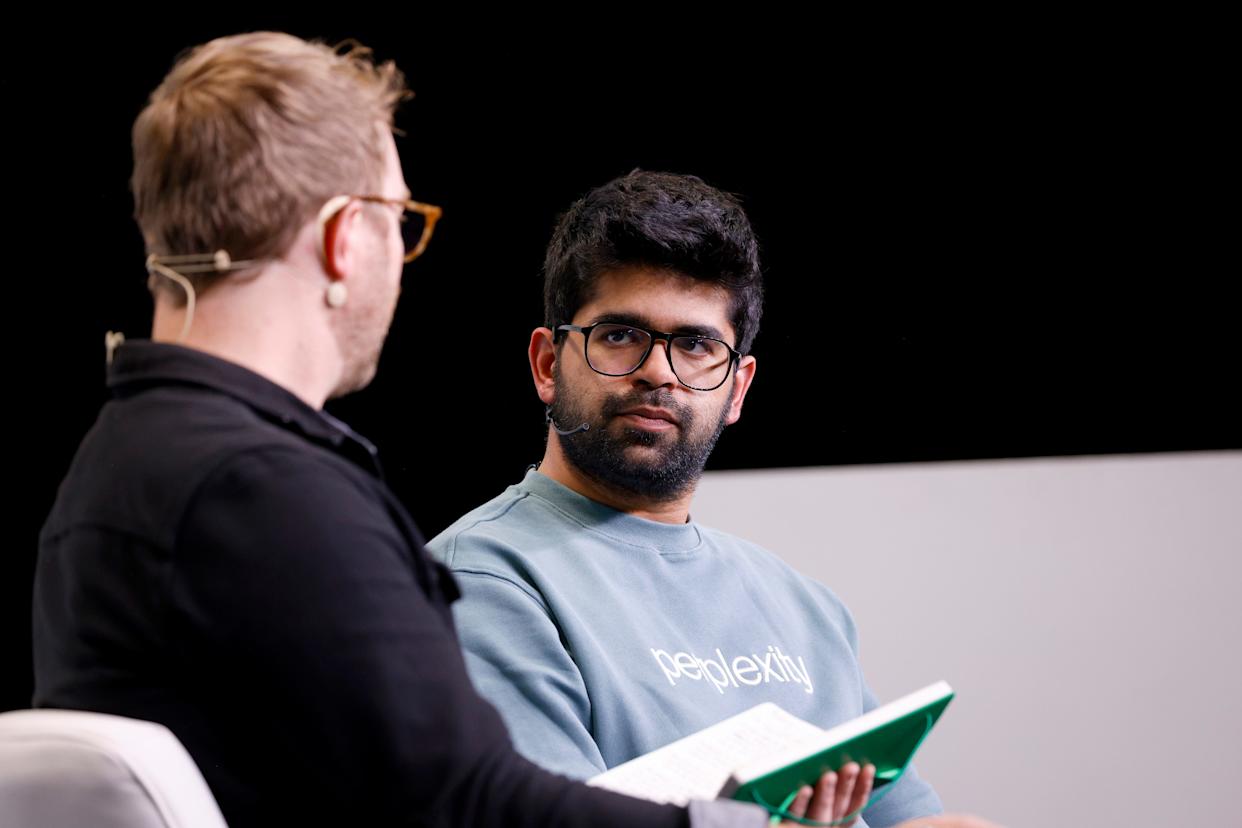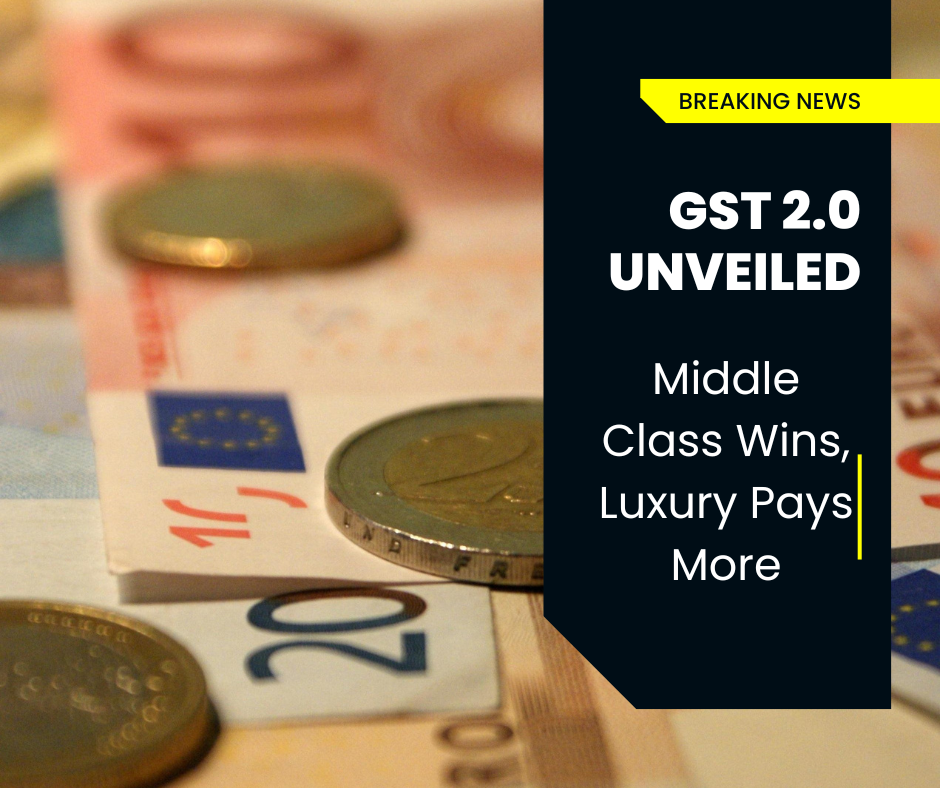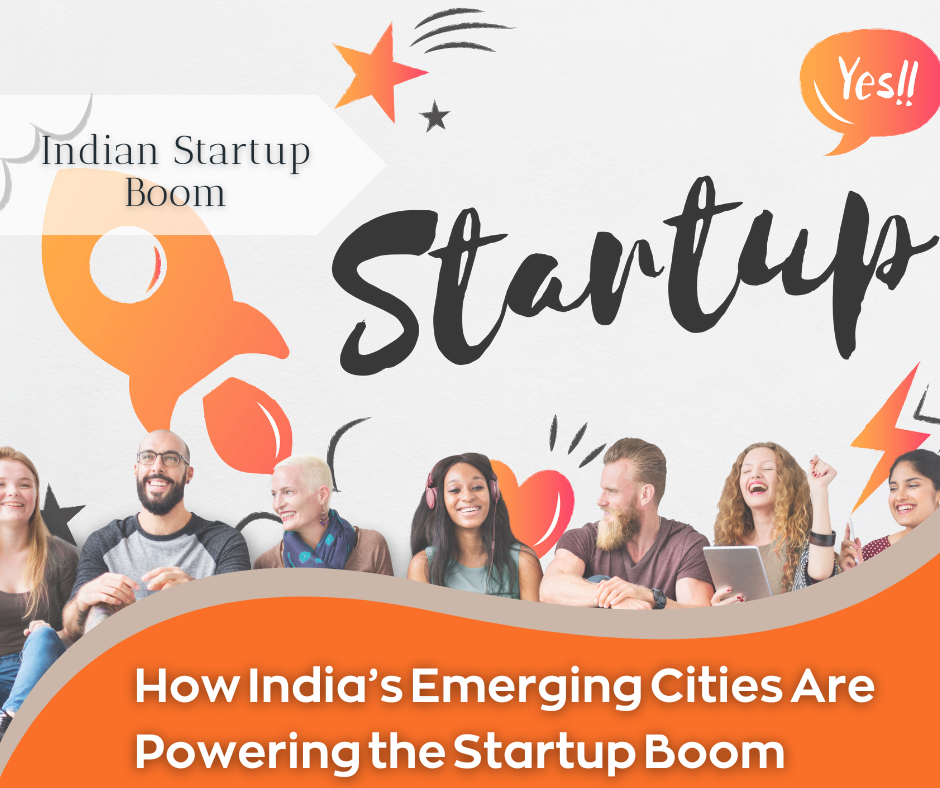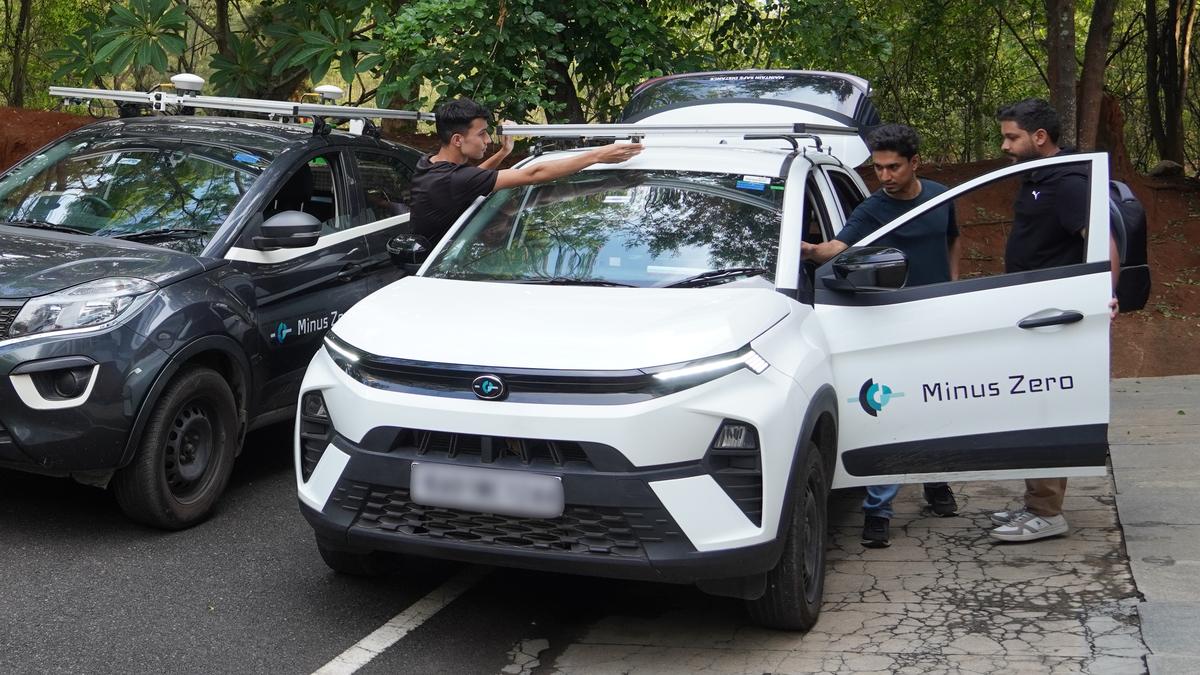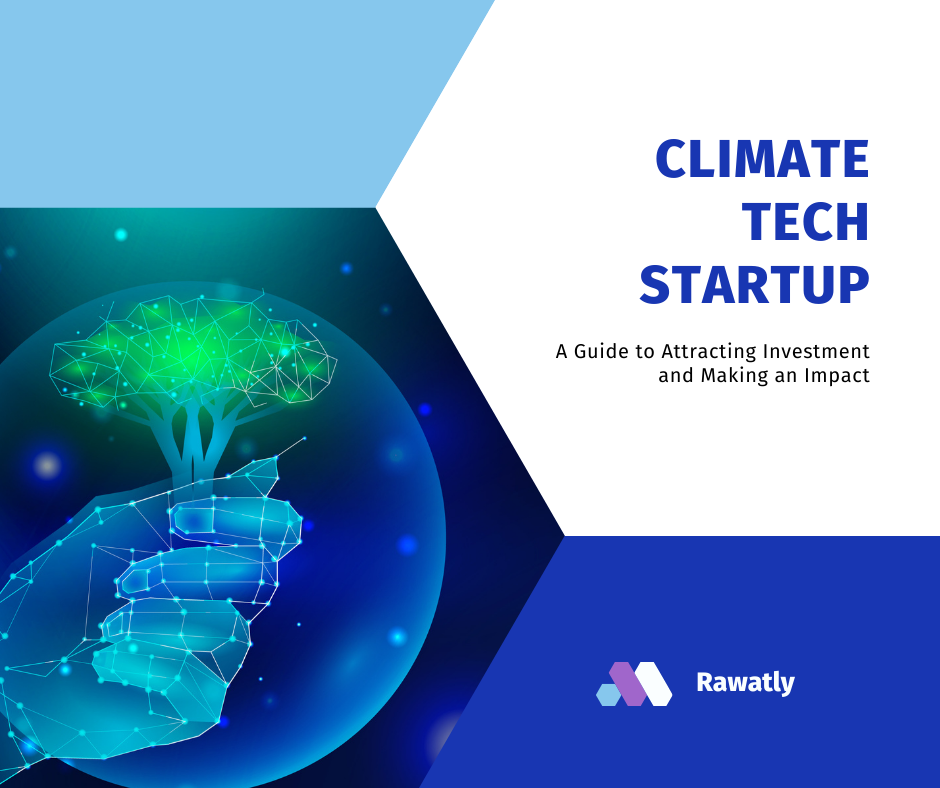
India’s economy has been growing rapidly in recent years, and this rising prosperity has led to a dramatic expansion of the country’s luxury market. As the middle class and high-net-worth individuals in India have seen their incomes rise, their demand for premium brands, exclusive experiences, and high-end goods has soared.
The Indian luxury market is now one of the largest and fastest-growing in the world. According to a 2023 report by McKinsey & Company, the luxury goods market in India was valued at $30 billion in 2022, and is projected to reach $100 billion by 2030, growing at a compound annual growth rate of 16%.

Surging Demand for Luxury
There are several key factors driving the growth of the luxury market in India:
Expanding Middle Class: India’s middle class has grown significantly in recent years, with the number of households earning between $10,000 and $50,000 per year reaching over 80 million in 2022. As more Indians have attained higher incomes, their appetite for luxury goods and experiences has increased.
Rising Wealth of the Elite: India now has the third-highest number of billionaires in the world, with 142 individuals worth over $1 billion as of 2022. The country’s ultra-high-net-worth population, defined as those with investable assets over $30 million, grew by 11% in 2021. This affluent segment has fueled demand for the most premium luxury products and services.
Younger, Aspirational Consumers: India has a very young population, with a median age of just 28 years old. Younger Indian consumers, particularly those in major cities, are increasingly drawn to luxury brands as a way to display status and success. They are also more willing to spend on luxury experiences like fine dining, high-end travel, and exclusive events.
Increased Exposure to Global Trends: As India has become more integrated into the global economy, and as international travel and media have proliferated, Indian consumers have gained greater awareness and appreciation of international luxury brands and trends. This has fueled their demand for these premium products and services.
Krutrim Aims to Dominate the AI Chip Market with 2026 Launch
Evolving Luxury Preferences
The types of luxury goods and experiences that Indian consumers are demanding are also evolving:
Fashion and Accessories: Apparel, footwear, handbags, and jewelry remain the largest segments of the Indian luxury market, accounting for about 45% of total luxury sales in 2022 [5]. Brands like Louis Vuitton, Gucci, Chanel, and Hermès are hugely popular.
Luxury Vehicles: The Indian luxury car market has been growing rapidly, with sales increasing by 41% in 2021 compared to the previous year. Brands like Mercedes-Benz, BMW, and Audi are seeing surging demand.
Luxury Watches: Swiss watch brands like Rolex, Omega, and Cartier have a strong following among India’s wealthy. The luxury watch market in India was worth an estimated $800 million in 2022.
High-End Beauty and Cosmetics: Luxury beauty brands such as Estée Lauder, Dior, and La Mer are gaining popularity, particularly among urban, young Indian consumers.
Luxury Real Estate: Ultra-wealthy Indians are investing heavily in high-end residential properties, driving demand for luxury apartments, villas, and vacation homes in cities like Mumbai, Delhi, and Bangalore.
Luxury Travel and Hospitality: Affluent Indians are increasingly seeking out exclusive travel experiences, from high-end hotels and resorts to private jets and yacht rentals. The luxury hotel market in India was valued at $779 million in 2022.
Regional Variations
The growth of the luxury market in India has not been evenly distributed across the country. The major metropolitan areas, particularly Mumbai, Delhi, and Bangalore, account for the bulk of luxury sales. These cities have the highest concentrations of wealthy consumers and are home to the flagship stores of most major luxury brands.
Tier 2 and Tier 3 cities are also seeing increased luxury spending, but at a slower pace. As incomes rise and consumer aspirations grow in these smaller urban centers, luxury brands are beginning to expand their physical and online retail presence.
Supercharge Your Marketing: The Top AI Tools Every Marketer Needs to Know
Challenges and Opportunities
Despite the extraordinary growth of the luxury market, there are still some significant challenges that luxury brands face in India:
High import duties and taxes, which can make luxury goods much more expensive for Indian consumers
Limited physical retail infrastructure outside of major cities
Cultural differences in attitudes and preferences around luxury consumption
Competition from grey market imports and counterfeit goods
However, luxury brands are finding innovative ways to overcome these obstacles. Many are investing in expanding their physical retail footprint in India, opening flagship stores in premium malls and high-street locations. E-commerce and social media are also playing a crucial role in making luxury goods more accessible to a wider range of Indian consumers.
Overall, the future of the luxury market in India remains extremely bright. As the country’s economy and affluent population continue to grow, the appetite for premium brands, exclusive experiences, and high-end living will only increase. India is poised to become one of the most important and dynamic luxury markets in the world in the years to come.



